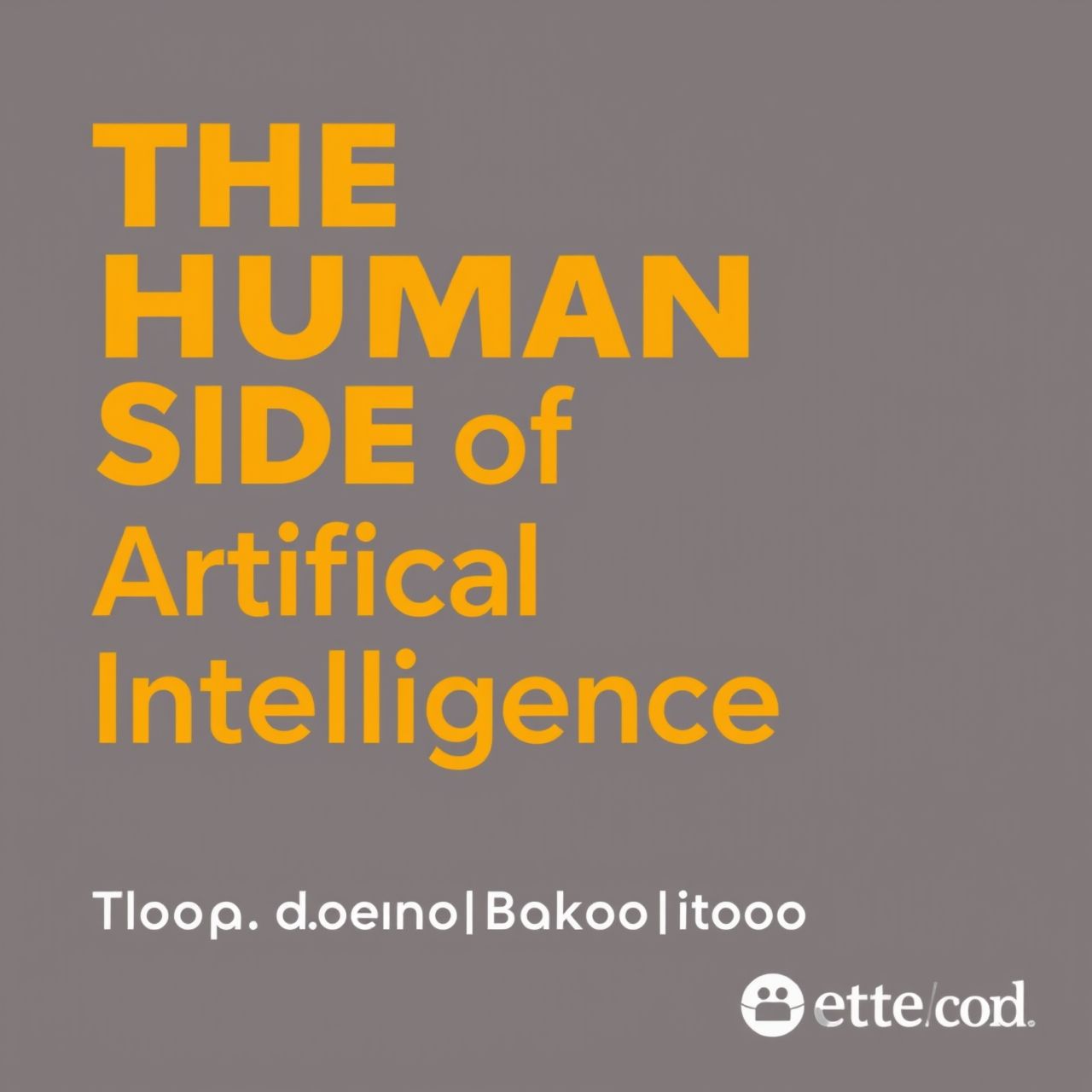Learn About Narrow AI, General AI, and Superintelligent AI – And How They Are Revolutionizing Our Lives
Introduction: Exploring the Different Types of Artificial Intelligence
Have you ever wondered how your smartphone understands your voice commands? Or how self-driving cars make decisions in a fraction of a second? The answer lies in artificial intelligence. But what many people don’t realize is that AI isn’t just one thing—it’s divided into several categories, each with its own unique capabilities and potential.
From specialized systems that perform specific tasks to those that may one day surpass human intelligence, understanding the types of artificial intelligence helps us grasp how it’s reshaping the world around us.
Understanding AI: Answers to 50 Common Questions for Beginners
In this article, we’ll take you on an engaging journey through the three main types of artificial intelligence: Narrow AI (ANI), General AI (AGI), and Superintelligent AI (ASI) , highlighting their practical applications and how they affect our daily lives.
Chapter 1: What Is Artificial Intelligence and How Does It Work?
Machines That Can Learn and Adapt
The world is witnessing a tremendous shift in how machines process information. Intelligent systems today can perform complex tasks once thought to be exclusive to humans.
Artificial intelligence relies on analyzing data, learning from past experiences, and making decisions based on certain patterns. Its applications in areas such as natural language processing (NLP), autonomous driving, and medical diagnosis show how deeply integrated it has become in our everyday lives.
Machine Learning: The Heartbeat of AI
Artificial intelligence heavily relies on machine learning , which allows intelligent systems to learn without being explicitly programmed for every task. This technology analyzes massive amounts of data to extract patterns and use them for decision-making.
For example, companies use machine learning to predict customer behavior and offer personalized recommendations, while financial institutions apply it to detect fraudulent activities by analyzing data in real time.
Deep Learning: The Most Important Evolution in AI
Deep learning represents the most advanced form of artificial intelligence. It uses artificial neural networks to simulate the way the human brain works. This technology enables the analysis of vast amounts of data and processes images and text with unprecedented accuracy.
Thanks to deep learning, smart applications like voice assistants (Siri and Google Assistant) and medical image analysis systems have become more accurate and efficient. It also contributed to the development of generative AI , which enables systems to create new creative content such as texts, images, and music.
Chapter 2: Types of Artificial Intelligence
What Makes Each Type of AI Unique?
Artificial intelligence is classified into three main types according to its capabilities:
1. Narrow AI (ANI): The Specialist Intelligence
Narrow AI (Artificial Narrow Intelligence) is the most common type today. It is used to perform specific tasks efficiently, but it cannot go beyond the scope of its specialization.
How Does It Work?
- It relies on algorithms designed to process a specific type of data.
- It lacks the ability to adapt or learn outside the defined task.
Practical Examples:
✔ Voice assistants such as Siri and Alexa, which respond to predefined voice commands.
✔ Medical image analysis systems that detect tumors using AI.
✔ Recommendation systems like Netflix and Amazon, which suggest content based on user preferences.
2. General AI (AGI): Simulating Human Intelligence
Artificial General Intelligence (AGI) represents a qualitative leap, aiming to develop intelligent systems capable of thinking and solving problems similarly to humans.
How Does It Work?
- It has the ability to learn independently and adapt to new tasks.
- It relies on advanced deep learning models and intelligent algorithms.
Key Features:
✔ Logical reasoning and contextual decision-making
✔ Learning from past experiences without reprogramming
✔ Ability to handle new scenarios it hasn’t encountered before
Challenges:
Research has not yet achieved true AGI due to the complexity of simulating human thinking, as well as the enormous computational challenges involved.
3. Superintelligent AI (ASI): The Unlimited Future
Artificial Superintelligence (ASI) represents an advanced stage of development where AI is expected to surpass human intelligence in all areas, including creativity and strategic decision-making.
Why Is It Revolutionary?
- It can solve complex problems in unprecedented ways.
- It has the ability to think beyond human cognition.
Ethical Challenges:
As this type evolves, concerns arise about the possibility of losing control over intelligent systems, calling for clear boundaries to ensure safe and ethical use.
Chapter 3: Practical Applications of AI Types
1. Applications of Narrow AI
✔ E-commerce: Product recommendation systems
✔ Healthcare: Analyzing X-ray images for disease detection
✔ Cybersecurity: Detecting breaches and cyberattacks
2. Applications of General AI
✔ Smart Education: Adaptive learning systems that provide customized content for students
✔ Crisis Management: Making intelligent decisions during natural disasters
3. Applications of Superintelligent AI
✔ Scientific Research: Accelerating discoveries in medicine and physics
✔ Global Problem-Solving: Addressing issues like climate change and sustainable environmental intelligence
The Future of AI Between Innovation and Responsibility
With the rapid development of artificial intelligence, it has become essential to strike a balance between innovation and ethical control to ensure its safe and sustainable use. While Narrow AI enhances our daily lives, General AI opens up new horizons for creativity, and Superintelligent AI presents both a technological and ethical challenge for the future of humanity.








